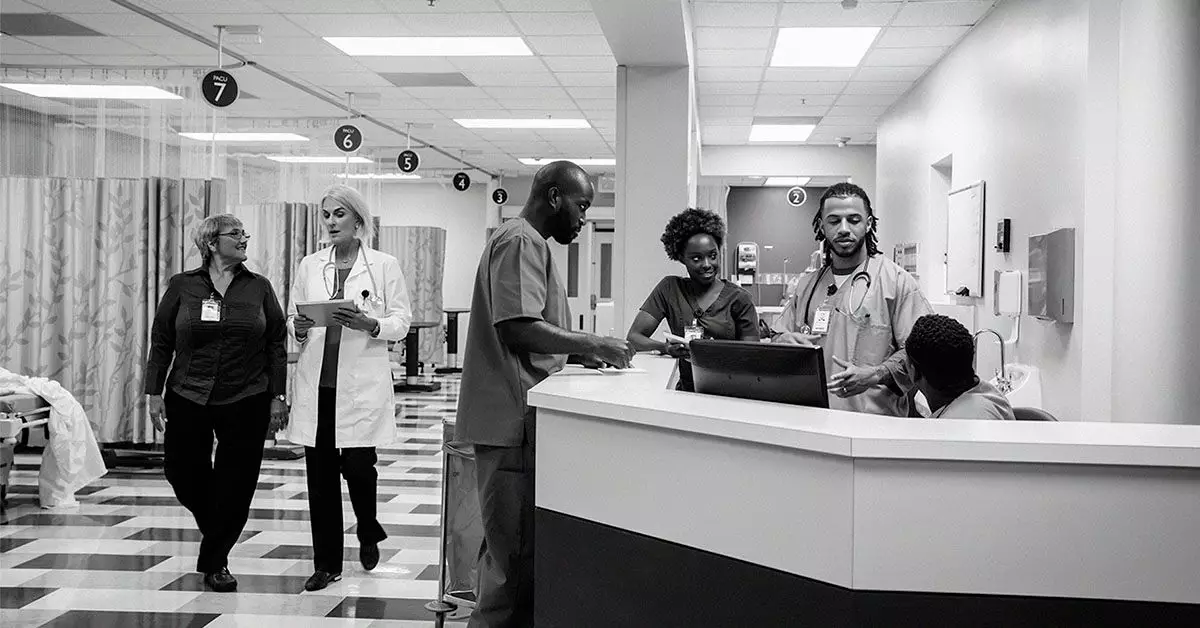Bone marrow transplants, also known as stem cell transplants, stand out as one of the most advanced options for treating various forms of cancer, particularly blood-related malignancies such as lymphoma. The underlying premise of these procedures is to restore the body’s ability to produce healthy blood cells, which can be severely compromised due to cancer or its aggressive treatments. By focusing on reviving the marrow, these transplants enable oncologists to apply high doses of chemotherapy and radiation—strategies that are otherwise too damaging to employ in standard treatment. For patients grappling with advanced cancer, this approach opens a door to hope, serving both as a powerful remedy and as a potential lifeline.
The Procedure: Autologous vs. Allogeneic Transplants
Bone marrow transplants can be categorized into two distinct types: autologous and allogeneic. Autologous transplants involve harvesting stem cells from the patient’s own body, ensuring compatibility and reducing the risk of rejection. The extraction typically occurs weeks prior to chemotherapy, providing a critical buffer against the damaging effects of high-dose treatment. In contrast, allogeneic transplants utilize stem cells from a matched donor, expanding treatment possibilities for patients who may not be eligible for self-harvesting.
Regardless of the type, the procedure involves meticulous steps. Medical professionals collect the stem cells using a large needle, often from the pelvic bones, under general anesthesia to minimize discomfort. Once collected, these stem cells are frozen for later infusion, making it imperative for patients to endure the extraction process amid the often-difficult cancer journey. Following the high-dose chemo or radiation therapy, the previously harvested stem cells are carefully reintroduced into the patient’s bloodstream, a final step that has been shown to promote healing and restore the blood cell supply.
Success Rates and Recovery Outcomes
When we delve into the success rates associated with bone marrow transplants, the results are significant yet complex. For young and otherwise healthy individuals battling Hodgkin’s lymphoma, studies show autologous transplants can achieve success rates of approximately 50%. However, the efficacy varies with underlying health conditions and other factors such as age, prior treatment responses, and the stage of the disease. On the other hand, allogeneic transplants shine in the realm of non-Hodgkin’s lymphoma, delivering long-term remission in 30% to 50% of relapsed patients.
What is profoundly encouraging is that many patients often find a sense of renewed life post-transplant. Research indicates a remarkable survival rate, with more than 60% of patients with Hodgkin’s lymphoma surviving at least ten years following an autologous transplant. The triumphs of these procedures not only extend life but also improve the quality of it, allowing survivors to reclaim and redefine their narratives long after their initial diagnosis.
Risks: Navigating Complications and Side Effects
However, the journey through bone marrow transplantation is not without its potential pitfalls. While the prospects for survivors are optimistic, the risk of complications looms large. Autologous transplants may lead to scenarios where the harvested stem cells fail to function effectively, leaving patients vulnerable to infection—a concern exacerbated by the aggressive pre-transplant chemotherapy.
Conversely, allogeneic transplants carry the additional weight of graft-versus-host disease (GVHD), an often severe condition where donor immune cells attack the recipient’s healthy tissues. The breadth of side effects requires ongoing monitoring and a careful navigation of the post-transplant landscape. This underscores the necessity for a robust support system, allowing patients to voice concerns and seek guidance regarding the management of potential side effects.
Eligibility and the Quest for the Perfect Match
When considering a bone marrow transplant, the question of eligibility emerges prominently. Factors such as the patient’s overall health, the responsiveness of their cancer to initial treatments, and their ability to endure high-intensity chemotherapy are all evaluated meticulously. Determining a compatible donor often begins with close relatives for their higher likelihood of shared genetic markers. In the absence of family matches, healthcare providers tap into vast registries of volunteer donors, furthering the scope of potential candidates and enhancing the success prospects.
Final Thoughts: The Road Ahead
The transformative potential of bone marrow transplants in combating cancer cannot be overstated. For many patients, this treatment may signify a turning point—an opportunity to reclaim their lives and embrace a future that once seemed uncertain. As more breakthroughs unfold in this specialized field, it’s crucial for patients to educate themselves, seek supportive care, and maintain open dialogues with their healthcare teams. Such proactive engagements may illuminate the path through one of the most challenging experiences of their lives, ensuring they are empowered in their fight against cancer.


Leave a Reply